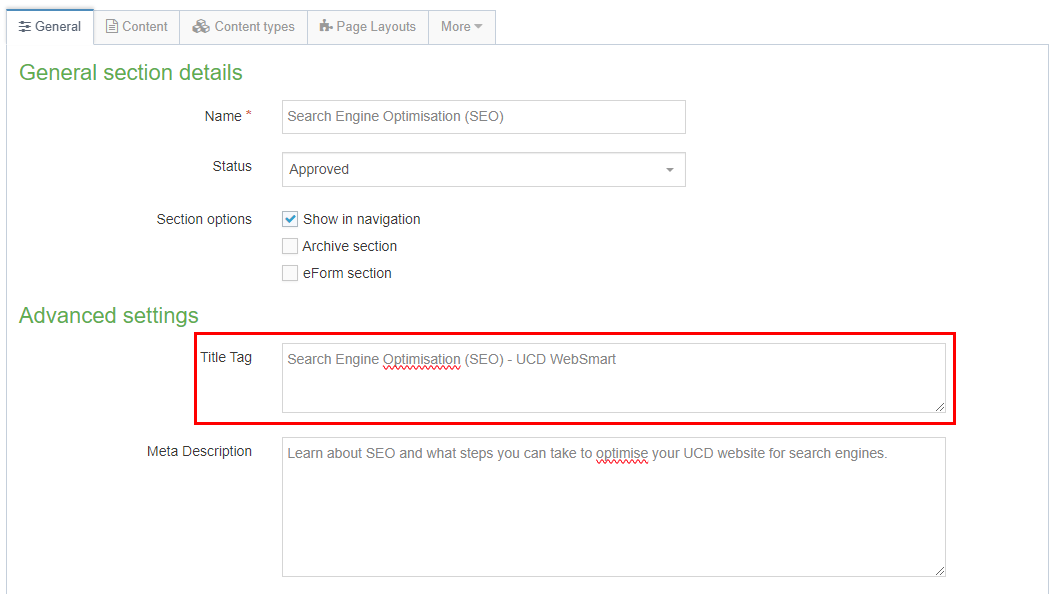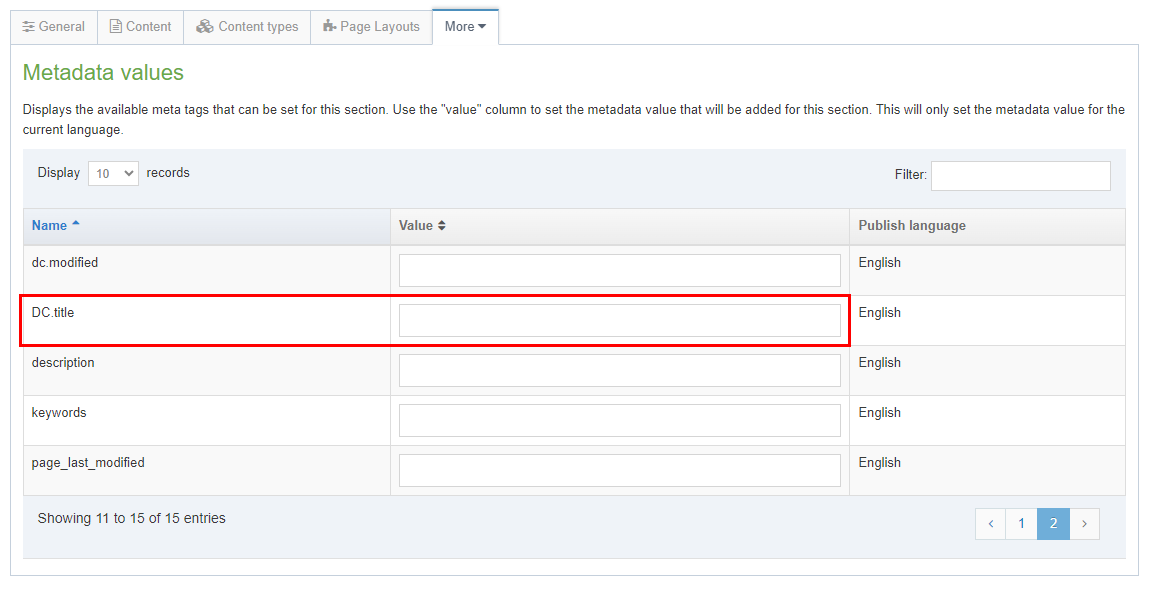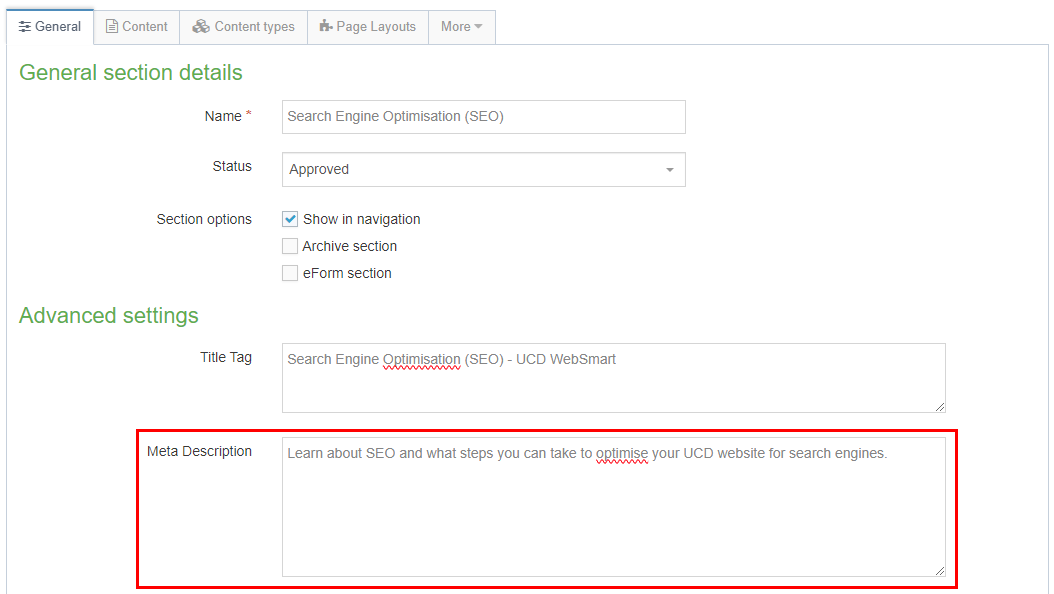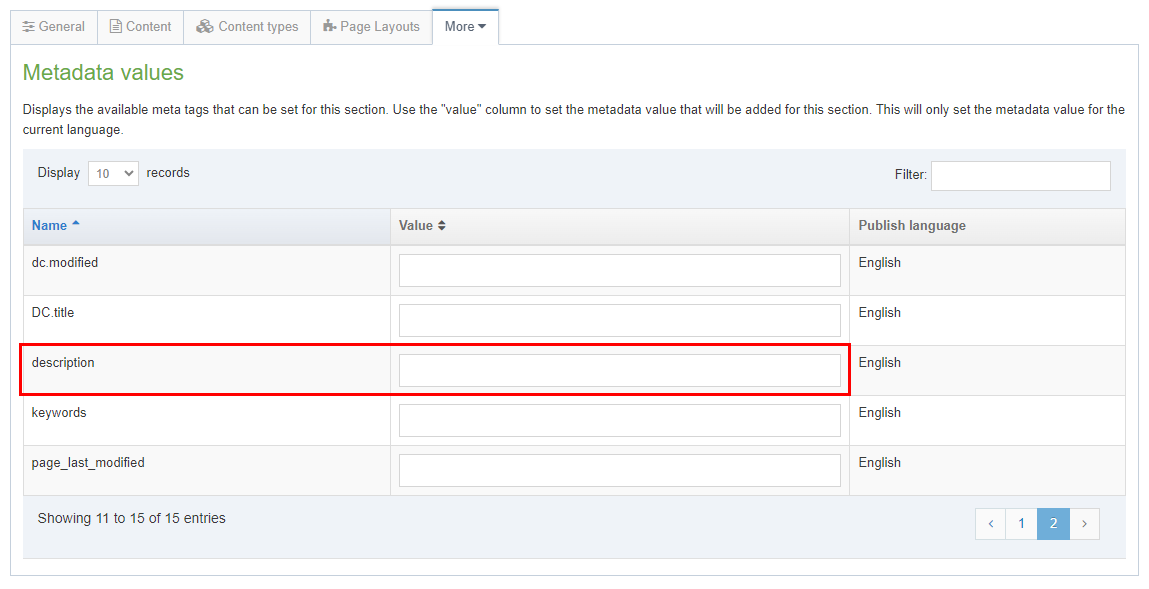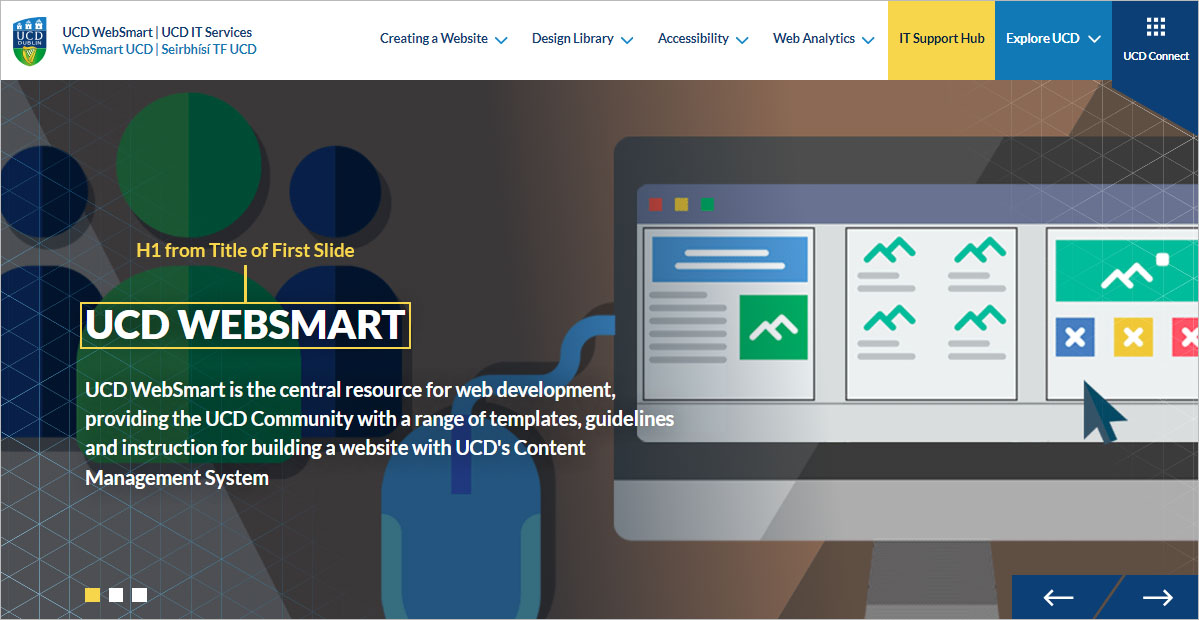Identifying relevant keywords that users are searching for and including them in the content of your webpage can help the page rank for those terms. The video above describes how to use the (opens in a new window)Ahrefs free keyword generator tool to target keywords related to the topic of your page.
You can also use the autocomplete suggestions in Google's search bar to identify related terms that people are searching for. If you scroll to the bottom of the Google search results page you will also see a list of related searches that can provide ideas for keywords to target.
When you have chosen a keyword to target try to include it in the page title, meta description, headings and body text of your page. However, it's important to avoid overusing keywords in the content of your page. This is known as keyword stuffing and search engines can penalise this practice resulting in a lower ranking. The key is to only include a keyword if the content still reads naturally.


